Bone-Related Disorders:
(1) Bone Fracture- A break in the bone is called a fracture. There are many different kinds of fractures, some more serious than others.
- A simple crack in a bone is called a green stick fracture.
- In a simple fracture, a bone breaks into two parts.
- In an avulsion fracture, a small part of the bone breaks away from the main bone.
- In a comminuted fracture, a bone breaks into more than two pieces.
- In a compound fracture, a bone gets broken into many pieces, some of which project out through the skin.
For a broken bone to heal neatly, the two ends must be correctly positioned, which means that the arm must be kept still. This is achieved by putting the arm in plaster or holding it in position with a splint. A severe fracture may take several months to heal.
(2) Slipped Disc- It is a condition in which the vertebrae are displaced from their normal position in the vertebral column. It may arise due to mechanical injuries and defects in the ligaments that hold the vertebrae together. The articulating surfaces of the affected vertebrae are no longer properly opposed to each other. Also, the disc of fibrocartilage between vertebrae is not in proper alignment with the articulating vertebrae.
A person gets neck ache and arm ache when the disc is towards the top of the backbone, backache when it is in the middle, and sciatic pain (leg ache) if it is at the bottom of the vertebral column.
(3) Arthritis- Many people complain of arthritis or inflammation of joints. It makes the joint painful and movement becomes difficult. This may result due to a lack of synovial fluid at the joint, ossification of the articular cartilage, or deposition of the uric acid crystals in the joint cavity (gout). Arthritis is of two types:
- Rheumatoid Arthritis- In this, the synovial cavity at the joint is invaded and deposited with connective tissue. This ossified into bone, making the movement of bones painful.
- Osteoarthritis- In this, the cartilage at the articulating ends of bones degenerates. Instead, bony knobs develop on the articulating surfaces, causing pain during movement.

(4) Osteoporosis- Osteoporosis is the disease of old age and is very common in postmenopausal women. Osteoporosis is loss of bone density either due to an increase in the absorption of calcium and phosphorous from the bone matrix into the blood or decreased bone formation. The amount of protein associated with the growth of bone also declines with age. Bone formation also decreases in persons with an excess of glucocorticoid secretion. Osteoporosis rendered persons immobile.
(5) Osteosclerosis- is the presence of an increased amount of calcified bone and occurs in patients with metastatic tumors, lead poisoning, and hypothyroidism.
(6) Osteomalacia- is rickets and is characterized by ‘softening of bones’. The soft bones become deformed. This is caused due to deficiency of vitamin D or minerals in food.
(7) Sprain- is an injury to the joint capsule and is caused by stretching or tearing of a tendon or ligament.
(8) Bursitis- the inflammation of bursae present in the joint. Bursitis is caused either by constant pressure on a joint for a long time or by physical injury to the joint.
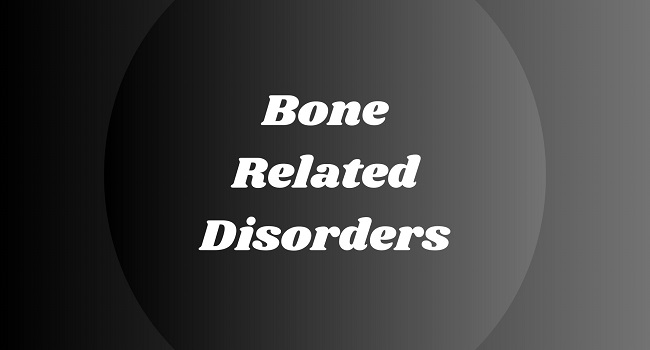

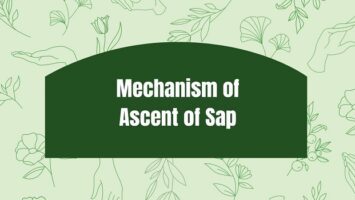



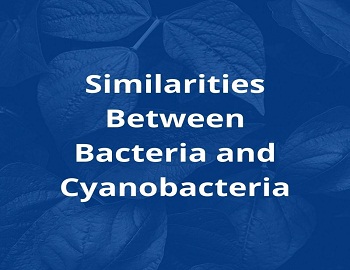
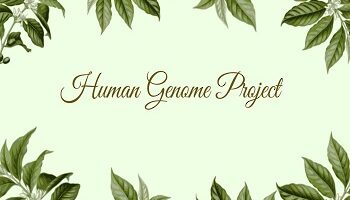
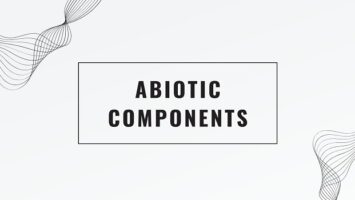
Comments (No)